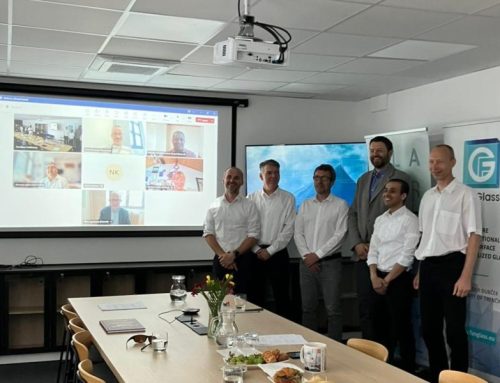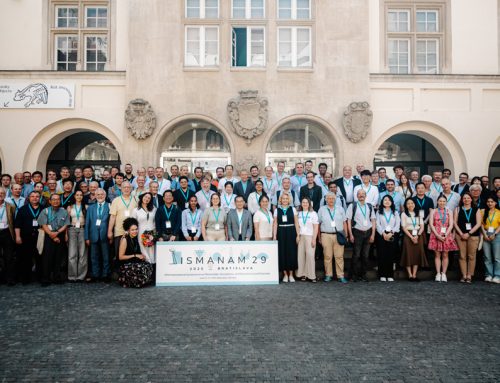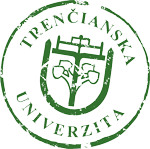Changes in COVID-19 measures valid from 10th June
Thanks to the low numbers of new Coronavirus cases in Slovakia, the group of experts lifts another measures against spreading the infection of COVID-19
Measures valid from 10th June:
– Slovakia opens borders for the citizens of 16 more countries: Germany, Liechtenstein, Switzerland, Slovenia, Croatia, Bulgaria, Greece, Cyprus, Malta, Estonia, Lithuania, Latvia, Finland, Norway, Denmark, and Iceland.
All types of transport to and from these countries should be gradually restored. Please note that Slovakia still does not have bilateral agreements with all the above-mentioned countries, so it is recommended to check the conditions for entering these countries.
– Quarantine will remain on a voluntary basis, starting on June 10 at 7:00. People who are currently at state quarantine facilities will be gradually released and sent to home quarantine. People who come from countries other than those that Slovakia has open borders with are recommended to take the COVID-19 test and stay in home isolation until they receive the results.
– The list of countries that Slovakia will open borders with may be updated every 2 weeks.
– Wearing masks outside will be voluntary. However, people will still be required to wear them indoors, including in shops and public transport. As for workplaces, there will be some exceptions if there is only 1 person present or the distance between co-workers is more than 2 metres.
– Children’s corners and night clubs will reopen.
– The limit of people at some kind of cultural or other event increases to 500.
– It will now only be recommended (not ordered) to keep a distance of 2 square metres between customers or one customer per 10 square metres, and in the case of restaurants, a 2-metre distance must be kept between table corners
Measures valid from 3rd June:
- Masks will be compulsory only inside, during events and when the distance between people is less than 2 metres.
- Competitive sports events are allowed again.
- Restaurants will not have to limit the number of people at 1 table, nor their opening hours (Tables still need to be placed at least 2 metres from each other).
- Visiting the Czech Republic and Hungary for no more than 48 hours will be allowed without having to go into quarantine upon return to Slovakia (Two documents proving residence will be required, even an electricity bill is accepted).
- Taxi drivers are no longer obliged to have a barrier between the driver and clients in their cars (The government cancelled the 15-minute compulsory break between individual clients. Air conditioning is allowed).
- Outdoor swimming pools, spas, fitness and wellness centres may open. Hotels that have these facilities may provide all these services.
- Casinos, ZOOs and botanical gardens can let visitors in (both interiors and exteriors).
- Special opening hours for seniors are cancelled. The limit for 1 customer in a shop has decreased to 10 square metres.
- At cultural events, it will be possible to have a chessboard form of seating instead of having a 2-metre distance. Between individual visitors, at least one seat has to be empty.
- Mass events – from 10th June – maximum of 500 persons / from 1st July until the end of the year – maximum of 1,000 people.
- Accommodation – cancelled 24-hour break between accommodations in the same room; for the bathroom and toilet in the room it is still obligatory.
Measures valid from 20th May:
- Cinemas, theatres and other mass events will be allowed. The number of participants cannot exceed 100 people.
- Shopping centres can open, apart from playgrounds. The operators of shops within the shopping centres will have to maintain certain restrictions, like offering hand disinfection, restricting the number of customers to one customer per 15 square metres and keeping a 2-metre distance between customers. There will be a ban on people gathering in common spaces.
- Indoor swimming pools and sports venues will open for sports teams only.
- Outdoor sports venues will now be open for contact sports and people will be allowed to visit the toilet. There is still a ban on using changing rooms and having spectators there.
- Restaurants with indoor seating will be open. They will have to observe the same limits as for outdoor seating, like keeping a 2-metre distance between the table corners and disinfection of surfaces after guests leave. They must also limit the number of people at one table to 2 people or one family with children. The restaurants can remain open until 22:00.
- Meetings set by law, like municipal council meetings, party congresses and shareholders’ meetings, will be allowed without any restrictions to the number of participants.
- People with permanent or temporary residence in Slovakia travelling to the Czech Republic, Poland, Hungary, Austria, Croatia, Slovenia, Switzerland and Germany who return within 24 hours will not be required to take the coronavirus test and undergo mandatory quarantine after May 21.
- The requirement to close shops on Sundays and selected hours for seniors remain in place.
Kindergartens and schools open
Before schools open, school authorities will carry out a survey among parents about the interest in placing children in school or kindergarten.
- Kindergartens for all children, primary schools for first to fifth graders and children’s clubs open on 1-June.
- The limit for the number of children per one group in kindergartens is 15, in primary schools, it is 20. The groups should not change within one week, and the same teacher should remain with the given group.
- Children will not be required to wear masks within their groups. In primary schools, pupils are required to wear masks outside their groups. Teachers should wear masks or transparent face coverings.
- Schools and kindergartens are open to all children, but they are recommended to place primarily the children of medical workers, paramedics, police officers, firefighters, armed forces members, teachers, and pre-school children. The school authorities can set other criteria, like taking in children from disadvantaged communities. At the same time, children from families in quarantine will not be allowed to attend kindergartens or schools.
- Parents can decide to keep pupils from first to fifth grade at home. Remote education, plus pupils from sixth to ninth grade, should be ensured within the personnel and technical capacities of schools.
- Children should be brought and taken only by people living in the same households.
- Schools and kindergartens should prevent gathering in front and inside the buildings. They should also set individual times for parents to bring their children and measure their body temperature before entering the building.
- Primary schools will be allowed to adjust the content and form of education.
- The operation of kindergartens and schools should not be longer than nine hours a day.
Restrictions in health care change
- The 14-day quarantine before planned surgeries has been cancelled.
- Only patients from at-risk groups will be tested for the coronavirus before surgery.
- Pre-surgery check-ups will be carried out again by general practitioners and internists.
Changes to the 2nd and 3rd phase:
- Tattoo and piercing salons to open on 20-May.
- Indoor tourist attractions will open on 20-May, except for ZOOs and botanical gardens.
- In shops and service operations, the limit for customers will change from 25 square metres per customer to 15 square metres per customer.
Wearing a veil from 20-May-2020 will no longer be mandatory everywhere.
If we are outside and at least 5 meters away from another person, wearing a veil will no longer be mandatory, but voluntary.
The veil remains mandatory in public areas inside. This means that if we go inside a building where the public moves, the veil remains a part of us.
Exemptions from the obligation to cover the upper respiratory tract are:
- pedagogical staff or professional staff (e.g. teaching assistant or special pedagogue) in the educational process,
- primary school pupils in the interior and exterior of the school within the educational process,
- children in the interior and exterior of the kindergarten and nursery,
- persons performing sports on indoor or outdoor sports grounds,
- the person photographed for the time necessary to carry out the shooting process.












